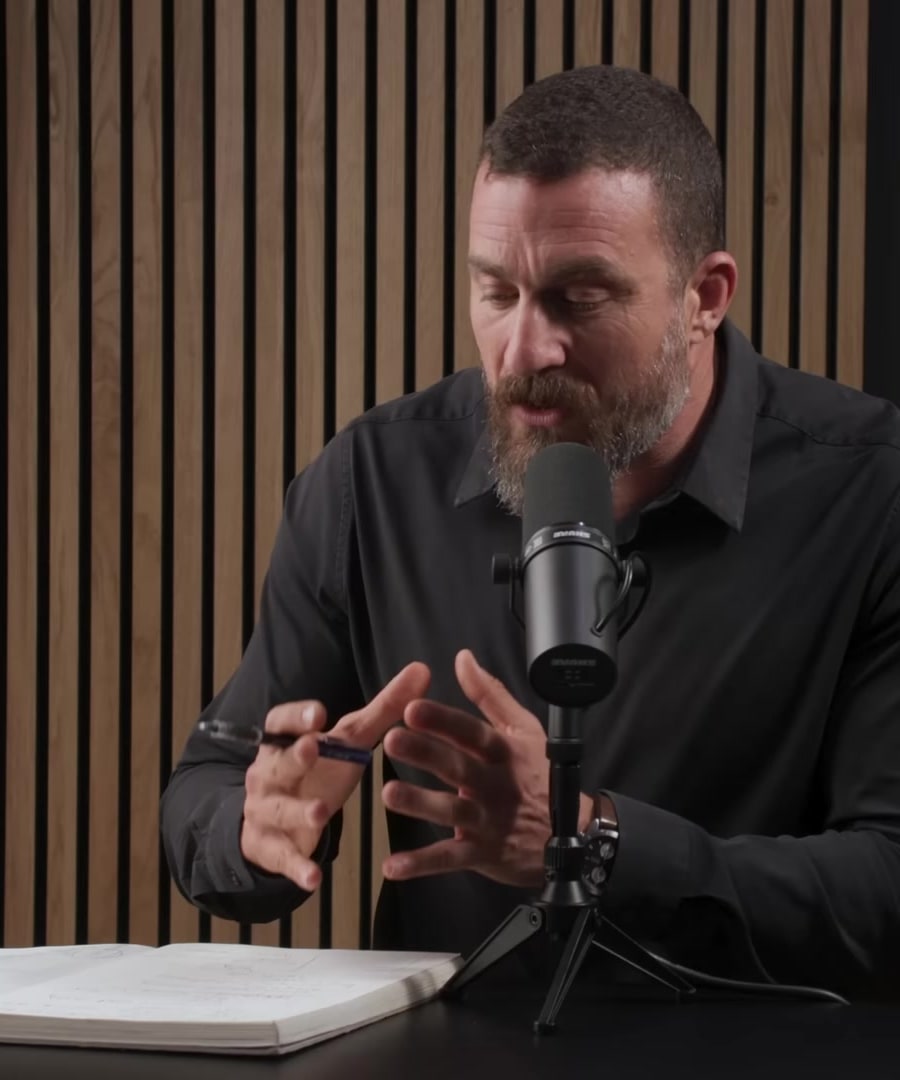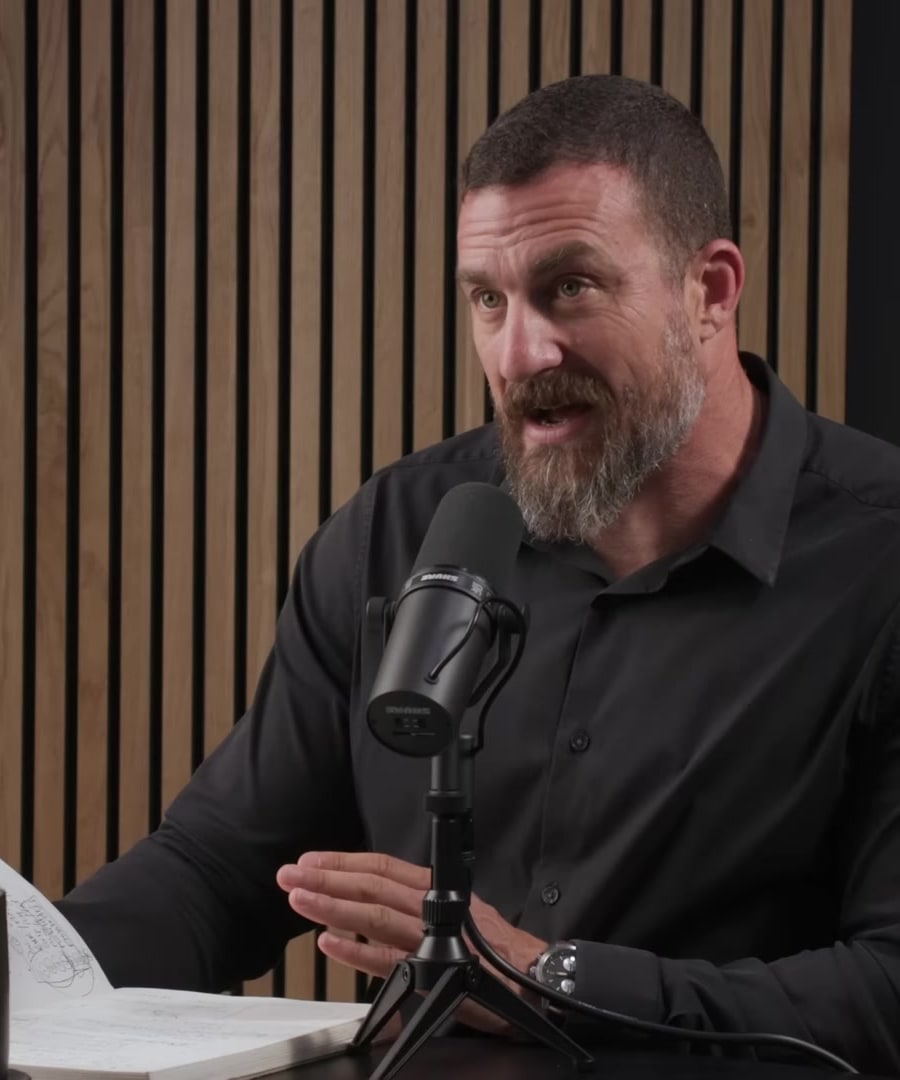According to episode with andy galpin, what are 7 adaptations that body can do? And how can we measure each?
Sources:
In an episode of the featuring , nine major adaptations were identified that exercise can induce in the body. While the user asked for seven, here are all nine as discussed by Galpin:
-
Skill or Technique: Learning to move more efficiently. This can be measured by observing improvements in specific movements or skills, such as running form or lifting technique 1.
-
Speed: Ability to move at a higher velocity or with better acceleration. Measured through timing sprints or specific movement speeds 2.
-
Power: Speed multiplied by force. Testing involves explosive movements, like a vertical jump test 2.
-
Strength: Maximum force one can produce, often measured by one-rep max tests for lifts like squats or bench presses 1.
-
Hypertrophy: Muscle size, assessed through body measurements or body composition analysis 1.
-
Muscular Endurance: Ability to perform repeated contractions over time, typically measured by tests like how many push-ups one can perform in a set period 1.
-
Anaerobic Capacity: Short duration high-intensity performance, measured through activities like sprinting or high-intensity interval training (HIIT) workouts 2.
-
Maximal Aerobic Capacity (VO2 max): The maximum amount of oxygen the body can utilize during exercise, measured through VO2 max testing 2.
-
Long Duration Steady State Exercise: Endurance over long periods, often assessed by the duration one can sustain exercises like long-distance running or cycling 2.
These adaptations reflect a broad spectrum of fitness capabilities, each requiring distinct assessment methods to gauge proficiency and improvement accurately.
RELATED QUESTIONS-
According to episode with andy galpin, what are 7 adaptations that body can do? And how can we measure each?
- RELATED QUESTIONS

